I am very tempted to make a sculpture out of mycelium, but after the disaster that was my upcycle project, I think it would be safest to avoid relying on it. This being said I think I want to make some sort of kinetic sculpture. I am familiar with kinetic wind sculptures due to my mom and I’s love of gardens and art in gardens. While I was inspired by all kinds of wind sculptures (you can buy basic ones at McGuckin’s).
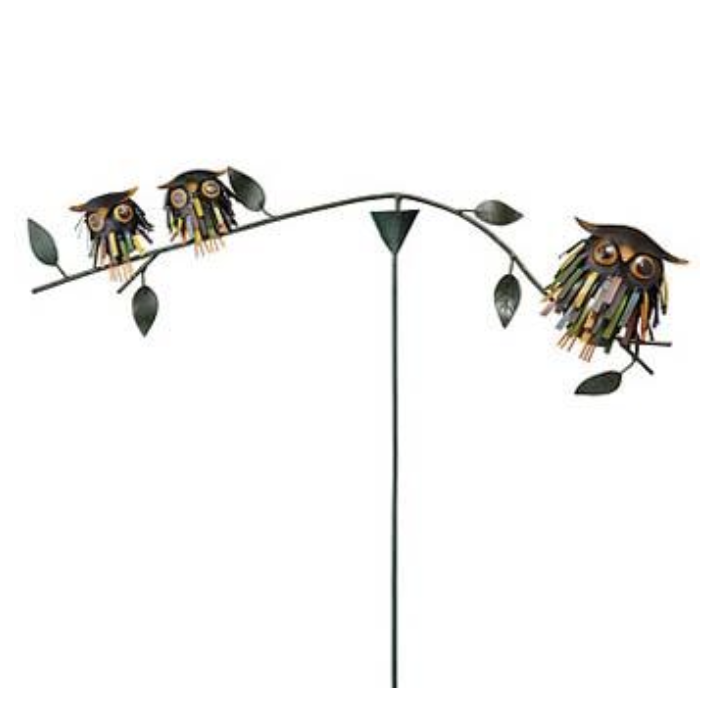 Balancing Garden Owl Sculpture from McGuckin’s [1]
Balancing Garden Owl Sculpture from McGuckin’s [1]
However, I was particularly inspired by a couple of artists, in particular, the first being Alexander Calder and the second being Anthony Howe. Alexander Calder applies a very distinct modern aesthetic to all his work. He is known for his sculptures and mobiles. Some of his sculptures can be found in the Denver Botanical Gardens.
 “Arc of Petals” by Alexander Calder [2]
“Arc of Petals” by Alexander Calder [2]
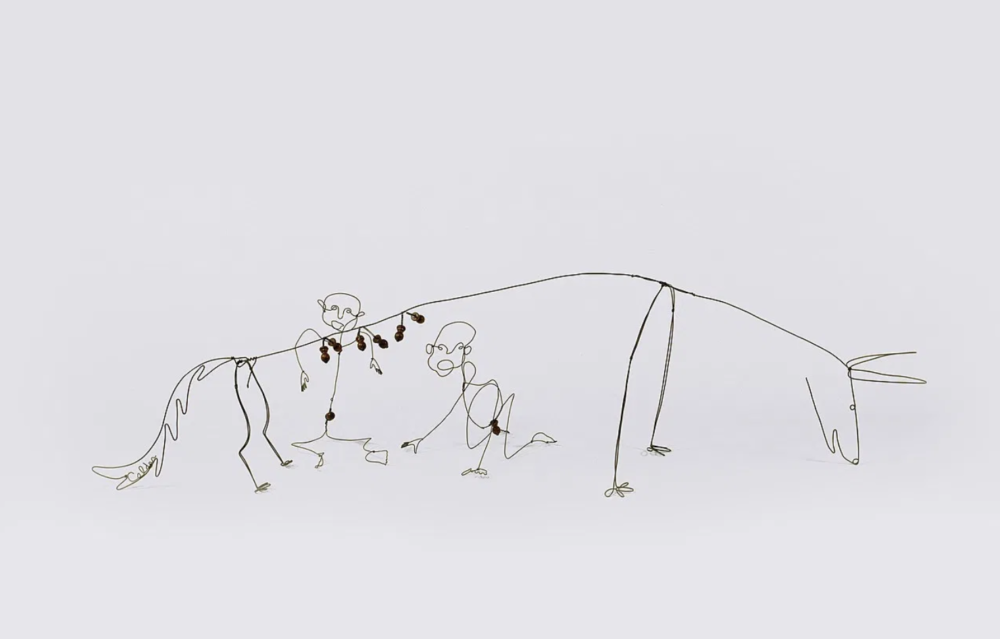 “Romulus and Remus” by Alexander Calder [3]
“Romulus and Remus” by Alexander Calder [3]
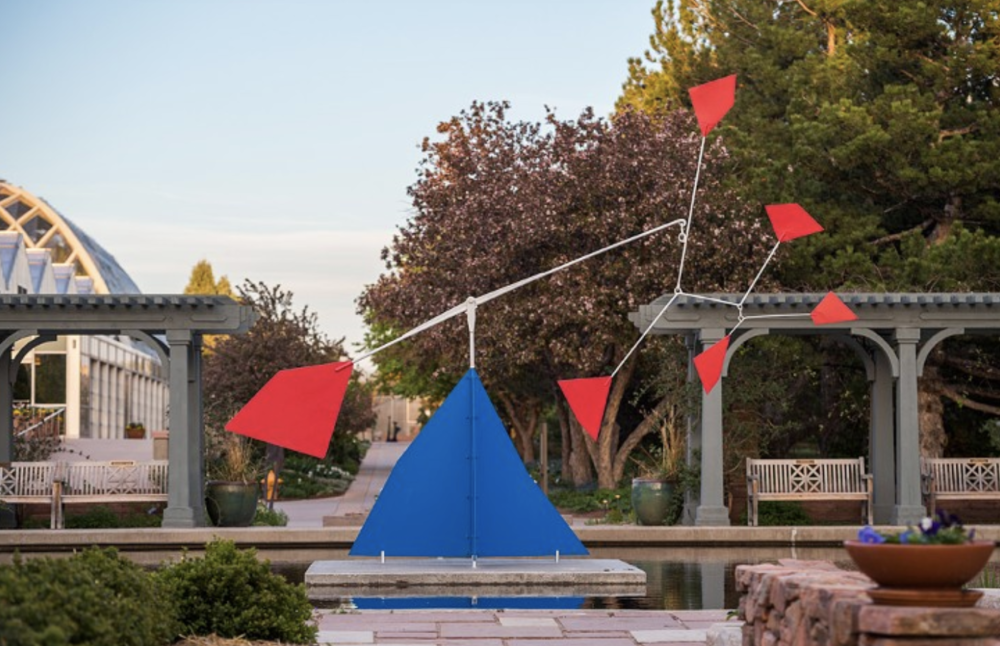 “6 Dots Over a Mountain” by Alexander Calder at the Denver Botanical Gardens [4]
“6 Dots Over a Mountain” by Alexander Calder at the Denver Botanical Gardens [4]
I was drawn to Anthony Howe’s sculptures because of how mesmerizing they are. While Calder’s work doesn’t necessarily have to be moving, I personally think that Howe’s work isn’t fully complete until it is moving.
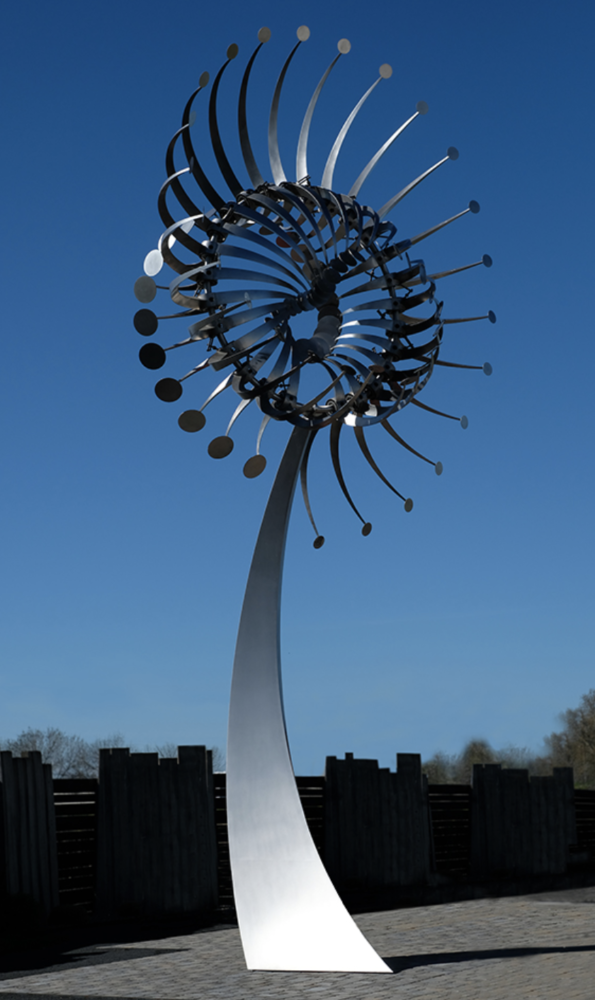 “Azlon II” by Anthony Howe [5]
“Azlon II” by Anthony Howe [5]
 “Face III” by Anthony Howe [6]
“Face III” by Anthony Howe [6]
To see more of Howe’s work in motion, watch the following video:
https://www.youtube.com/watch?v=PIbk4AKFMTc [7]
Work Cited
[1] “RCS Balancing Owl Stake”, McGuckin Hardware, n.d. [Online]. Available: https://store.mcguckin.com/inet/storefront/store.php?mode=showproductdetail&product=64450. [Accessed Feb. 17, 2020]. [2] “Arc Of Petals”, Guggenheim, 2020. [Online]. Available: https://www.guggenheim.org/artwork/745. [Accessed Feb. 17, 2020]. [3] “Romulus and Remus”, Guggenheim, 2020. [Online]. Available: https://www.guggenheim.org/artwork/737. [Accessed Feb. 17, 2020]. [4] M. Paglia, “Review: Calder Monumental Adds to Growing Profile of Denver Botanic Gardens”, Westword, Jun. 14, 2017. [Online]. Available: https://www.westword.com/arts/calder-monumental-adds-to-growing-art-reputation-of-denver-botanic-gardens-9151878. [Accessed Feb. 17, 2020]. [5] “Azlon II”, Anthony Howe, n.d. [Online]. Available: https://www.howeart.net/azlon. [Accessed Feb. 17, 2020]. [6] “Face III”, Anthony Howe, n.d. [Online]. Available:https://www.howeart.net/about-face-iii. [Accessed Feb. 17, 2020]. [7] Great Big Story, “These Kinetic Sculptures Hypnotize You”, Youtube, Feb. 28, 2016. [Online]. Available: https://www.youtube.com/watch?v=PIbk4AKFMTc. [Accessed Feb. 17, 2020].
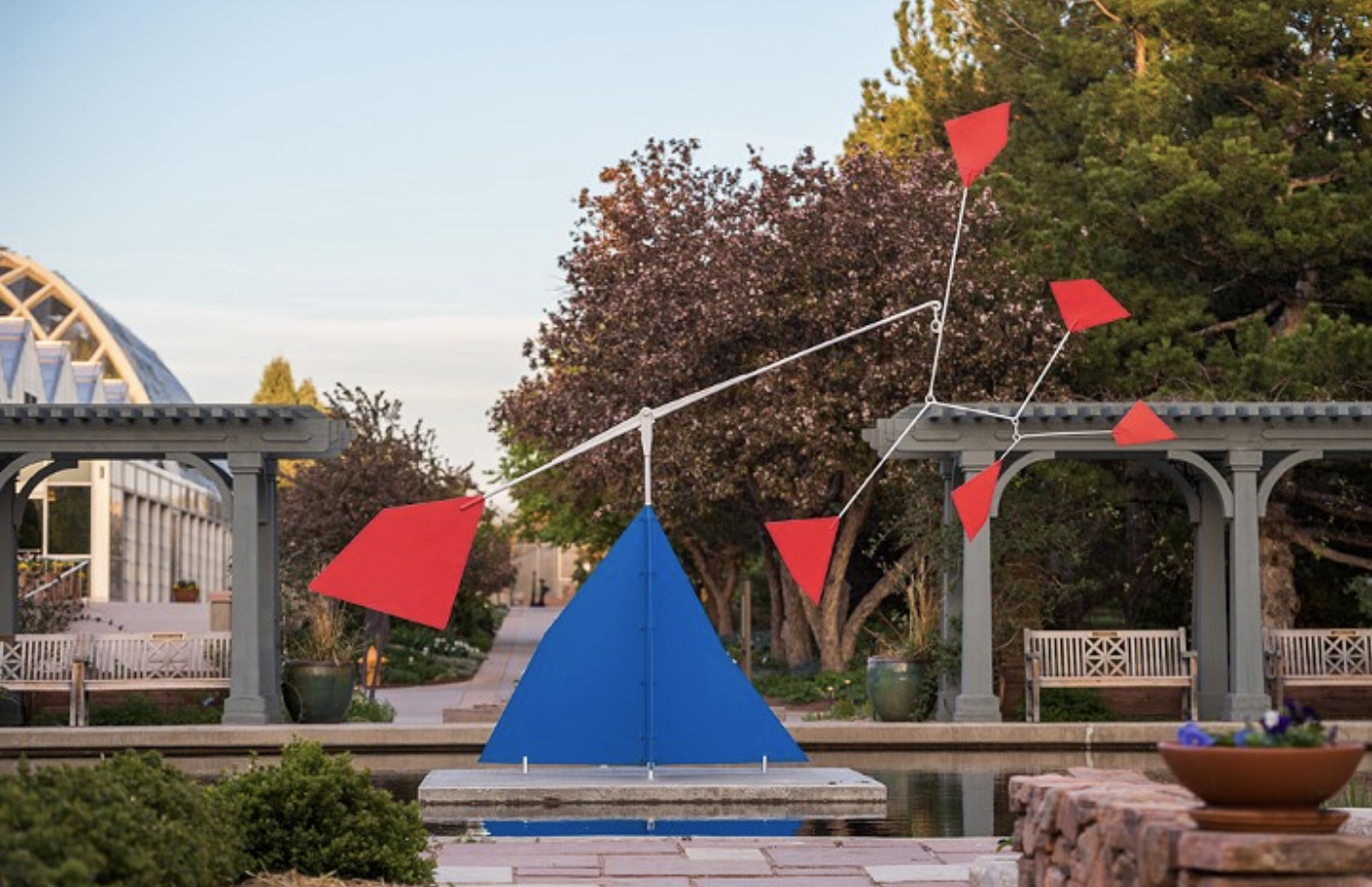
5 Comments. Leave new
Hey Fiona,
I just happened to stumble into Anothony Howes wind sculptures, but it looks like you’ve gotten ahead of it. I think the idea of using Kinetic energy makes a great project. When thinking about material I would possibly recommend the consideration of spoons. I just finished my upcycling project with spoons and found them to have good potential in kenetic motion. I am excited to see where you decide to take your sculpture and I hope it goes well!
Hi, Fiona,
Those kinetic sculptures look fascinating! I was looking video just now: https://www.youtube.com/watch?v=ROP45rjvOHg And this guy’s work is super cool! It looks a lot like perpetual motion machine, and it just keeps on going with a bit in the beginning. Anyway, since yours would be kinetic wind sculpture, I’m a bit curious about how the mechanism is gonna be different or similar to a “regular” one, like the ones that’s shown in the video. I haven’t really seen a wind kinetic sculpture at close-up before, so I don’t really know what kind of structure there are that enabled those motions. Anyway, it will turn out to be fascinating, since you already had the previous knowledge about it. it’s going to be looking great.
Back to the mycellium project, if you are still wanting to make a sculpture out of that. It might be helpful to read Kendle’s post: https://kendle22.wordpress.com/category/capstone/ She was a student at CU, I believe in TAM. And she did a mycellium book for her capstone. Things that you may do to help making your own sculpture may be: 3D-printing the case or enclosure that the mushrooms can be grow in to mold that shape, use a clear clean-wrap for the container (I know that you were using aluminum foil last time, and by doing this instead will enable you to check on the mushrooms without having to open up the container), and fully sterile the base mass that the mushrooms are growing on, or even try a different blend other than the coffee ground that you used, Kendle for example used sawdust for her project. You can read more details in her post.
Anyway, good luck to your final project! It’s going to be great!
Xiang
Thanks for the advice Xiang! I really love the video of the guy who makes the kinetic sculptures. His work is beautiful, but I don’t know if I am talented enough to figure out the physics of making one. As for the mycelium, using clear plastic wrap instead of aluminum foil is a great idea! I also just started experimenting with woodchips/sawdust too, so hopefully, that will work better than the coffee grounds.
Fiona, great idea! I have seen sculptures like this and think this would be a great idea. How big will it be? What materials will you use? Will it make a sound? I am eager to see what you come up with!
Hi Danny! I am still not totally sure how big it will be… if I go with a hanging mobile type thing (which is what I am leaning towards) maybe around 1-2 meters across, 0.5-1 meter tall? As for materials, I want to use a laser cutter to cut the pieces hanging off the main mobile structure. This means I would be using acrylic or wood. I have not thought of a sound much, but I aim it towards an outdoor sculpture, I would like to incorporate some sort of wind chime element.